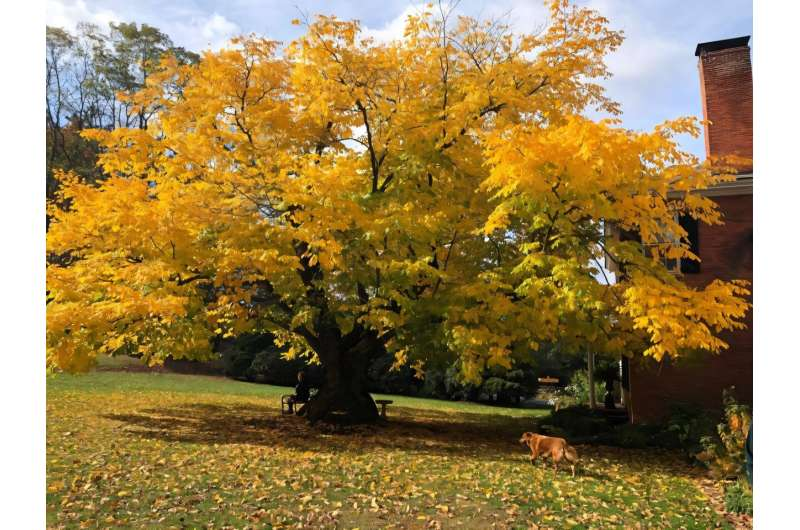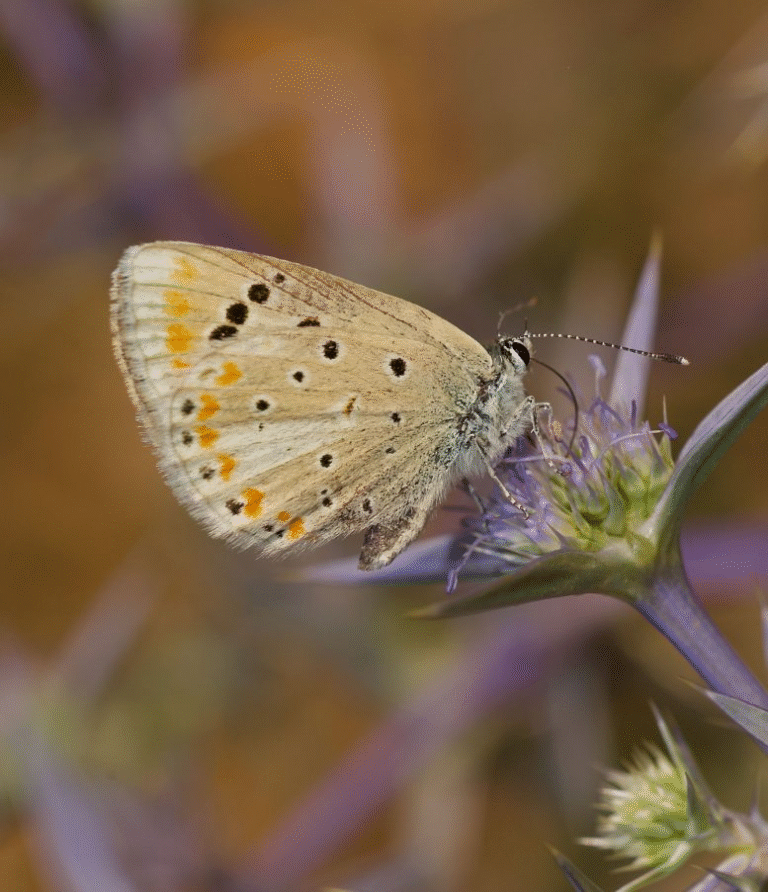85 Years of Big Tree History Finally Available in One Place

For the first time, 85 years of records about America’s biggest trees have been gathered and made publicly accessible online. The National Champion Tree Program (NCTP)—now housed at the University of Tennessee Institute of Agriculture (UTIA)—has unveiled a digital archive that compiles every register of the country’s largest trees dating back to the 1940s.
This initiative not only celebrates these towering natural landmarks but also provides a valuable look into how people have documented and valued trees for nearly a century.
A Complete Archive of the Nation’s Biggest Trees
The historical compilation covers every year of the National Champion Tree Program’s history—from its origins in 1940 up through 2024. These records include every known “National Champion” tree, meaning the largest living specimen of each recognized species in the United States. Each register provides details like species name, location, size, and measurement data, allowing anyone to explore the champions of past decades.
The new archive is organized year by year, highlighting key milestones. For instance, the 50th anniversary edition in 1990 marked half a century of the program, while the 2010 edition introduced the first fully online version. Interestingly, that 2010 shift from print to digital was not well received by many tree enthusiasts, who had grown attached to the traditional printed lists.
Each register also includes background notes—handwritten letters, commentary on changes to measurement standards, and even insights into how trees were nominated. Together, these documents serve as a historical timeline of how Americans have interacted with their forests over time.
From American Forests to the University of Tennessee
The National Champion Tree Program was originally managed by American Forests, one of the nation’s oldest conservation organizations. For decades, it was synonymous with their mission of protecting old-growth trees and engaging the public in conservation.
In 2023, the program officially moved to the University of Tennessee, where it became part of the School of Natural Resources under UTIA. American Forests provided a transition fund of around $200,000 to ensure the move went smoothly and that the program could continue without interruption.
Now based in Knoxville, the program benefits from UT’s research and educational resources, allowing for deeper collaboration with scientists, conservationists, and local communities. The 2024 register is the first one fully produced under UTIA’s direction and marks the beginning of a new era for the project.
Why the Program Started in the First Place
The roots of the National Champion Tree Program stretch back to the early 1940s, a period when many Americans were worried about deforestation. The Second World War had triggered large-scale logging for construction and military materials, sparking early concerns about the loss of mature forests. Conservationists at the time saw the value of highlighting exceptional trees as a way to draw public attention to the need for preservation.
Early program records even mention fears about the rise of tree pests and diseases, such as blights that were beginning to affect native species. Decades later, those same threats persist—but now with added challenges: more aggressive pests, stronger storms due to climate change, and rapid urban development that continues to threaten old and large trees.
How a Tree Becomes a Champion
Becoming a National Champion is not a matter of beauty—it’s about measurable size. The NCTP uses a standardized point system to rank trees based on three factors:
- Circumference (measured in inches at 4.5 feet above the ground)
- Height (measured in feet)
- Crown Spread (the average width of the tree’s canopy, also in feet)
The formula is simple:
Total Points = Circumference + Height + (¼ × Crown Spread)
This ensures that every tree is judged by objective criteria, allowing for fair comparison across regions and species. The result is a diverse list that includes everything from massive live oaks in the South to towering Douglas-firs in the Pacific Northwest.
A Living Record of Environmental Change
The release of the historical registers does more than just satisfy curiosity. It provides an 85-year dataset that helps scientists and foresters analyze long-term changes in forest ecosystems. By comparing measurements over time, researchers can see how species growth patterns, disease outbreaks, and environmental shifts have affected large trees across decades.
The registers also reflect the changing relationship between people and nature. Early entries often describe trees as curiosities or sources of pride for local communities. More recent entries highlight the ecological value of these trees—their roles in carbon storage, water retention, and biodiversity.
The program’s current team at UTIA is working to expand the use of these historical materials for education and research, turning what began as a simple listing project into a resource for studying forest health and conservation history.
Collaboration and Conservation
Today, the National Champion Tree Program collaborates with a wide range of partners—government agencies, universities, local communities, and conservation groups—to locate, verify, and protect large trees across both urban and rural landscapes.
Nominations remain open to the public, encouraging people to report potential champions from their own regions. The nomination window for new entries typically closes around December 1 each year, ensuring there’s time to verify data and include new discoveries in the following year’s register.
This public participation keeps the project vibrant and inclusive. It’s not just a scientific registry—it’s also a form of citizen science that connects individuals directly to the forests around them.
The Challenges Ahead
Despite decades of awareness, big trees still face enormous pressure. UTIA researchers emphasize that the threats today are different but no less serious than those of the 1940s. Modern forests deal with:
- Invasive pests and diseases such as emerald ash borer and oak wilt
- Severe storms and droughts intensified by climate change
- Urban sprawl and deforestation driven by unsustainable development
Protecting champion trees means addressing these issues at both local and national levels. Each tree represents centuries of growth, and once lost, it cannot simply be replaced.
The program hopes its work will inspire stronger stewardship of natural landscapes. As its leaders often note, the choices made today will shape what our forests look like in another hundred years.
Why Big Trees Matter
Big trees are more than just natural landmarks—they are living archives of environmental history. Some species can live for thousands of years, silently witnessing human progress, climate shifts, and ecological transformations. Their immense canopies store vast amounts of carbon, provide habitat for wildlife, and regulate local microclimates.
When preserved, these trees offer lessons in resilience and balance. They remind us that growth takes time—and that the oldest living organisms on Earth depend on our collective care.
Programs like the National Champion Tree Program show how public engagement, science, and conservation can work together to protect these natural giants. By recognizing and recording them, we ensure that future generations can marvel at the same wonders we do today.





